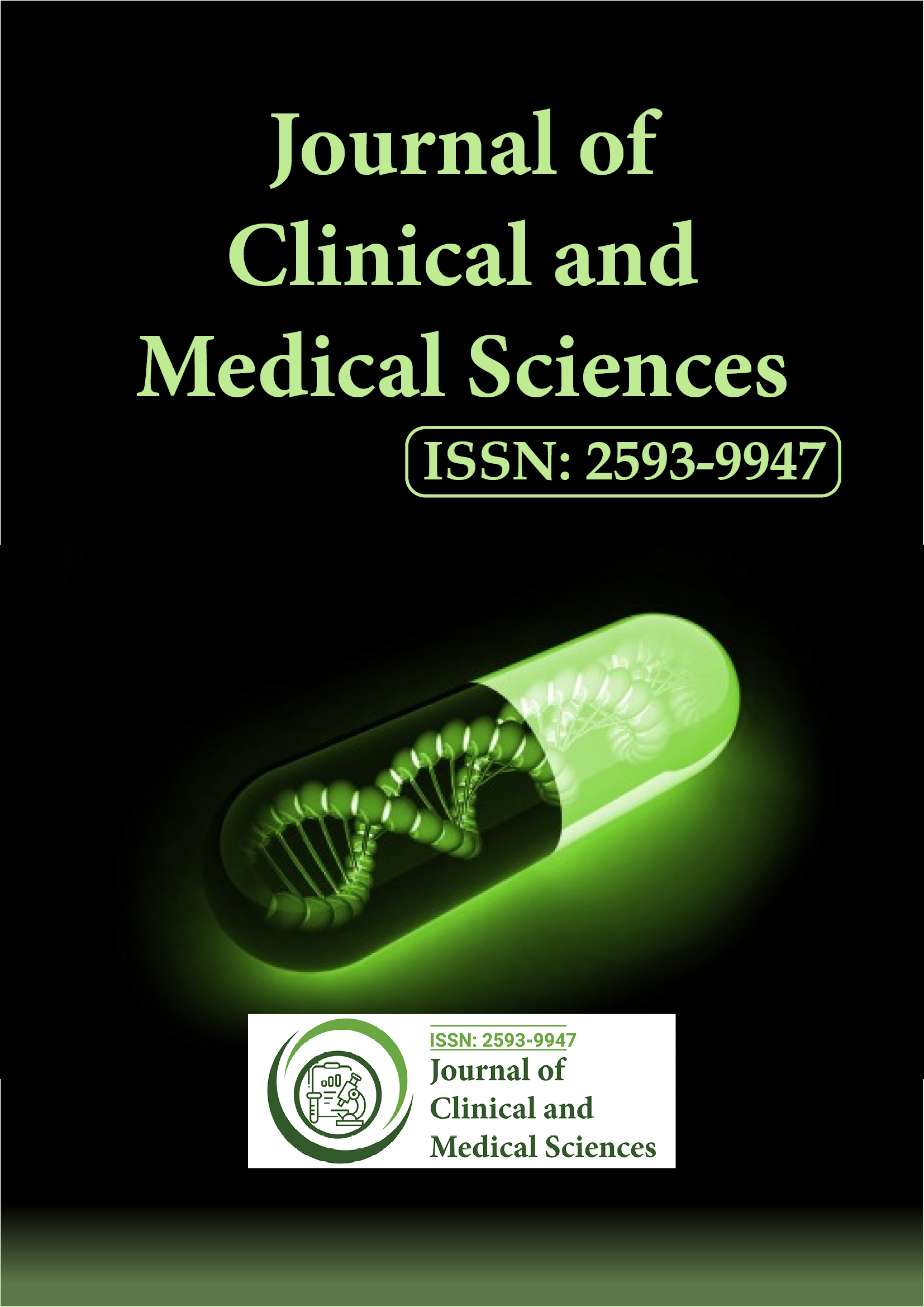索引于
- 欧洲酒吧
- 谷歌学术
分享此页面
期刊传单

抽象的
Alpha1-抗胰蛋白酶的生物医学意义概述
Faupel Marco
Proteases (also known as Proteinases or Peptidases) are hydrolases that break down proteins into smaller peptides and amino acids. They are a type of enzyme that plays a crucial role in both biological and commercial applications. Serine proteases, aspartic proteases, cysteine proteases, threonine proteases, glutamate proteases, and metalloproteases are the six types of proteases. Humans have between 500 and 600 distinct proteases, the majority of which are serine, cysteine, and metalloproteases. The control of protease activity in tissues is required for homeostasis to be maintained. When present in large concentrations, they have the potential to be harmful. To avoid breakdown of connective tissue proteins such as elastin, collagen, and proteoglycans, they are strictly regulated in the extracellular and per cellular area. Regulated expression/secretion, activation of inactive precursors or zymogens of proteases and destruction of mature enzymes are typically used to provide the most basic degree of control. Endogenous protein inhibitors inhibit their protolithic action, which is a second level of regulation. Fermi and Pernossi discovered the proteinase inhibitory action of human plasma in 1894. Shultz discovered the principal inhibitor of proteolytic activity in 1955 and termed it alpha1-antitrypsin (1- AT) for its capacity to inhibit trypsin.